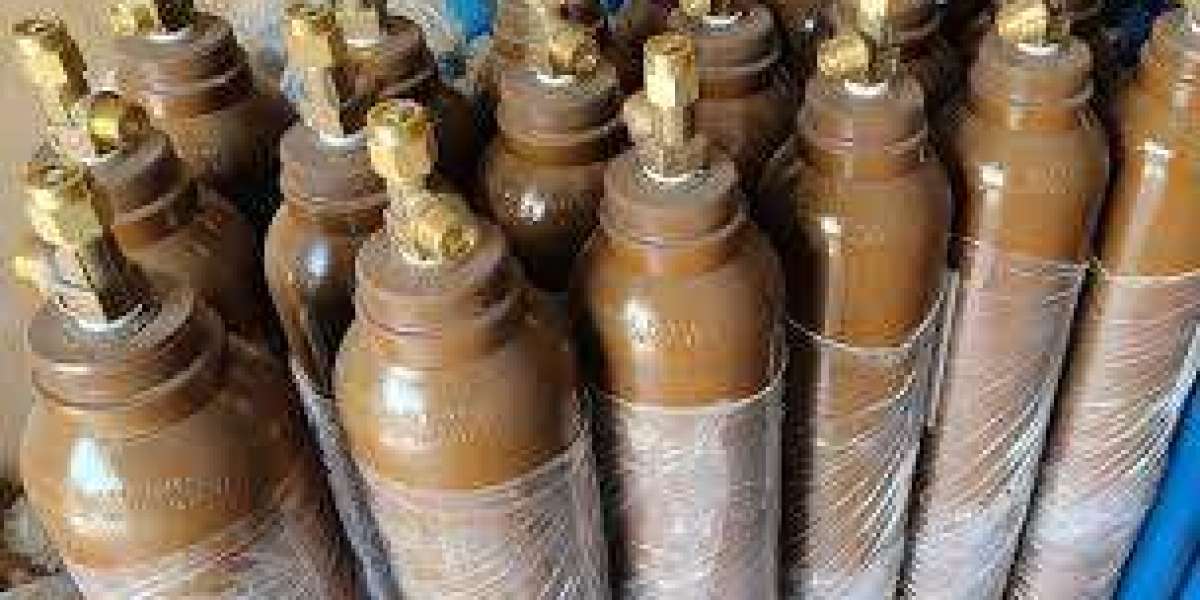While the dielectric gases market is on a positive trajectory toward adopting more sustainable solutions, several inhibitors continue to challenge its full-scale implementation. These inhibitors, which stem from both technical and economic limitations, are slowing down the transition from conventional high-GWP gases to environmentally friendly alternatives. Understanding these inhibitors is crucial for industry players looking to address barriers and navigate the complexities of this evolving market.
High Initial Costs of Transitioning to Green Gases
One of the primary inhibitors of market growth is the significant upfront cost associated with transitioning from SF₆ to low-GWP dielectric gases. The financial burden of retrofitting or replacing existing electrical equipment to accommodate new dielectric gases can be substantial. For utilities, especially those in developing markets, these costs may not be immediately justifiable, even with the long-term environmental benefits. The high capital investment needed for adopting alternative gases like fluoronitriles or fluoroketones often deters organizations from making the switch, keeping SF₆ in use longer than desirable.
Limited Performance Data and Uncertainty
Another inhibitor to the widespread adoption of alternative dielectric gases is the limited performance data and long-term reliability of these gases. While many alternative gases have shown promising results in controlled environments, there is still a degree of uncertainty regarding their performance in real-world applications over extended periods. Utilities and manufacturers are reluctant to invest in new gases without comprehensive data that guarantees their safety, efficiency, and reliability under diverse operational conditions. The perceived risks associated with untested alternatives delay the adoption process, as stakeholders are hesitant to abandon SF₆, which has a proven track record.
Supply Chain Constraints and Material Shortages
The availability of raw materials and the ability to scale production of alternative dielectric gases is another significant inhibitor. Many of the key materials required to produce these gases are not yet available in sufficient quantities, and the supply chain remains constrained. The limited production capacity for alternative gases means that prices are often high and supply is inconsistent, making it difficult for manufacturers to secure the materials they need to meet growing demand. In turn, these supply chain issues increase the cost and complexity of adoption, slowing the overall market growth.
Incompatibility with Existing Infrastructure
Another technical inhibitor is the incompatibility of alternative dielectric gases with existing electrical infrastructure. SF₆ has been the industry standard for decades, and much of the current equipment, such as circuit breakers, transformers, and switchgear, is designed specifically for its properties. Transitioning to a new dielectric gas may require significant modifications or even replacement of existing systems, which can be both costly and time-consuming. For many companies, the investment required to upgrade infrastructure or buy new equipment is seen as an unnecessary expense, particularly when the long-term benefits are not immediately clear.
Regulatory Delays and Uncertainty
While regulatory frameworks are generally moving toward greener solutions, the uncertainty and delays in policy implementation remain significant inhibitors. The lack of clear, standardized global regulations for dielectric gases creates an unstable environment for businesses. Countries and regions have different timelines and approaches to phasing out SF₆, leading to confusion and a lack of consistency across the market. Companies are hesitant to invest in alternatives when they are unsure about the regulatory landscape and the future direction of policies. This uncertainty slows down the adoption of eco-friendly gases, as businesses remain cautious about committing to a transition without clearer guidance.
Lack of Consumer Demand and Public Awareness
While there is growing awareness within the industry about the environmental impact of SF₆, public awareness and consumer demand for alternative dielectric gases remain relatively low. Without strong consumer pressure or incentives, businesses are less motivated to adopt greener alternatives. In many regions, the benefits of switching to sustainable gases are not as visible or compelling to the general public, limiting the broader push for change. Until the public becomes more aware of the environmental impact of SF₆ and the benefits of alternatives, companies will remain reluctant to prioritize the transition, keeping traditional gases in use.
Conclusion
The dielectric gases market faces several inhibitors that are slowing the adoption of greener alternatives. High initial costs, limited performance data, supply chain issues, compatibility challenges with existing infrastructure, regulatory uncertainty, and a lack of consumer demand are all factors contributing to the slow pace of change. Addressing these inhibitors will require a concerted effort from industry stakeholders, regulators, and manufacturers to overcome the challenges and accelerate the transition to more sustainable dielectric gases. Overcoming these barriers will not only help reduce the environmental impact of the power industry but will also create new opportunities for growth and innovation within the market.








